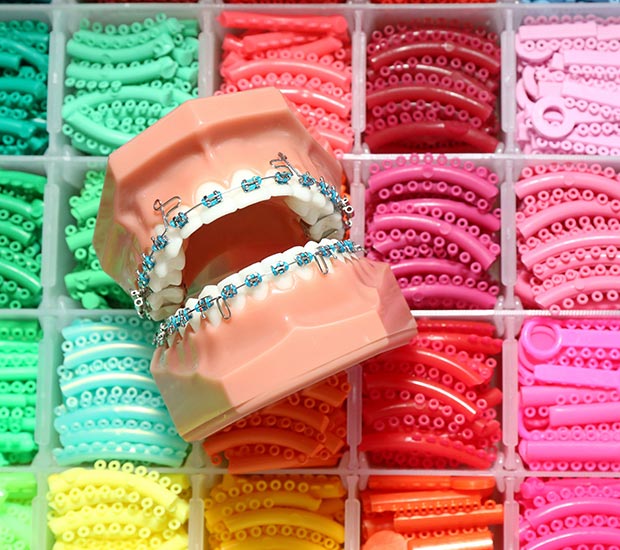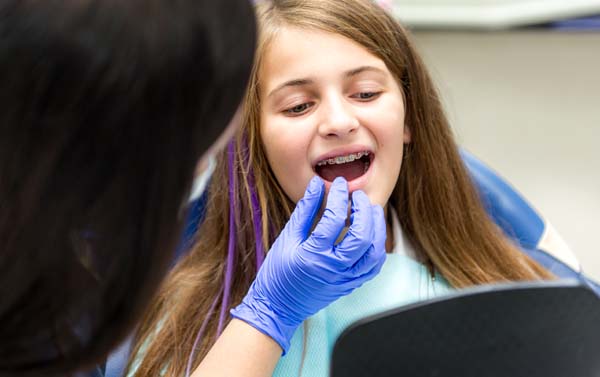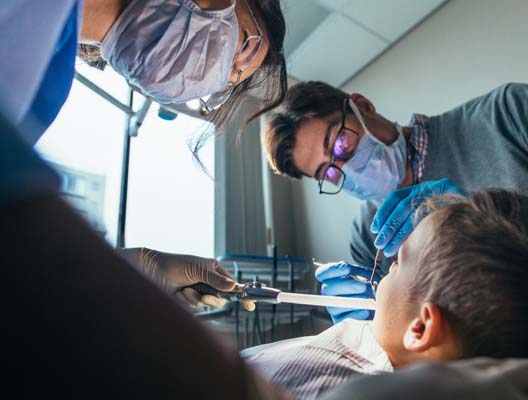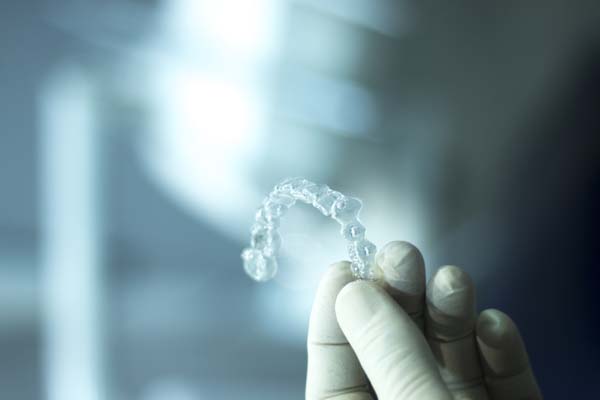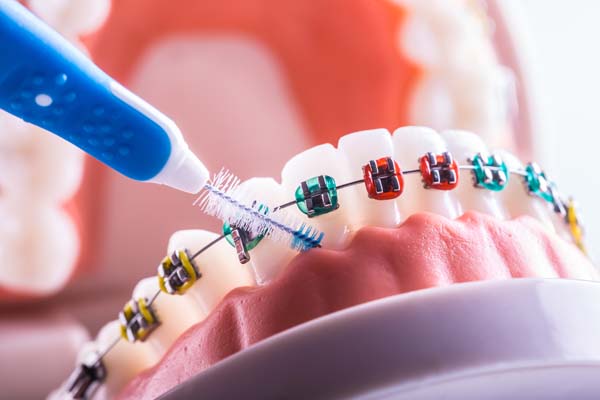BracesLawndale, CA
Braces can help teeth look, feel, and function better. Braces are a great option for many people to achieve the healthy and aesthetically pleasing smiles they have always wanted. Depending on your preferences, various types of braces are available to improve teeth alignment.
We provide braces at Hawthorne Orthodontics in Lawndale and the surrounding area. Our orthodontist and team can handle your family’s orthodontic needs. Call us today at 310-921-8333 to learn more about our services or schedule an appointment.
Understanding Braces
Braces are dental appliances that help straighten crowded or crooked teeth and misaligned jaws to improve the way they function and look. Throughout treatment, braces slowly apply pressure on teeth. As the pressure takes effect, the bones in the jaw move to allow the teeth and their roots to shift. This movement allows people to adjust their smiles and align teeth in the desired position.
Besides the benefits of improved appearance, braces also boost the long-term health of teeth and gums. Bite problems increase the risk of cavities and gum disease since crooked and crowded teeth are more difficult to clean. Proper teeth and jaw alignment can relieve muscle tension and make eating more comfortable by spreading the biting pressure across all your teeth.
Who Should Receive Braces
Braces are a great orthodontic treatment for many children, teens, and adults. The mechanical process to move teeth is the same at any age. However, the length of treatment and process differs for different age groups.
People with gum disease may not be ideal candidates for braces since it can complicate treatment. Braces can make dental hygiene more difficult, resulting in plaque buildup, which increases gum disease risk. Candidates for braces include people with the following orthodontic issues:
- Crossbites
- Open bites
- Overbites and underbites
- Overcrowding
- Misalignment
- Uneven spacing
Types of Braces
There are various types of braces to meet individual needs and preferences. Metal braces consist of metal brackets attached to teeth and metal wires that link the brackets while also applying pressure to teeth. Ceramic braces have the same mechanical function as traditional braces but are less visible since they utilize less-visible tooth-colored ceramic brackets.
Another type of braces are invisible braces, also known as clear aligners. These orthodontic appliances are clear plastic trays that fit snugly to teeth and gently pressure them into the right position over time. People interested in receiving braces should contact us to learn about their options.
The Placement Process
Before traditional metal or ceramic braces placement, our orthodontist will thoroughly clean and dry the teeth. Then we will apply glue to each tooth and set it with blue light before placing a bracket in the center. After, metal wires are applied to back molars to anchor the braces, and archwires are attached to the brackets with small rubber bands.
People who choose invisible braces do not need brackets or wires. Before a patient can receive their invisible braces, they must have an impression of their teeth taken to have the clear trays fitted correctly. While conventional braces work by tightening the archwires over time, invisible braces use a series of plastic trays to move teeth into position.
Treatment Length and Results
The length that patients will have to wear their braces will vary since everyone responds differently. The type of problem will determine the treatment length. Simple cases may take less than a year to fix, while more complicated problems can take a few years to resolve. Patients will return for follow-up appointments about every four to six weeks throughout treatment. These appointments will involve adjusting the archwires gradually so the teeth move without damaging the teeth’s support structure.
A 2019 study by BMC Oral Health found that braces effectively treated abnormal alignment of the upper and lower teeth. According to the study, invisible braces were particularly effective in the segmented movement of teeth and shortening treatment duration. Conventional braces were more effective in achieving great improvement, producing adequate occlusal contacts, controlling teeth torque, increasing transverse width and retention. Patients should discuss their treatment options and preferences with our orthodontist before making a decision.
Call Us Today
People with crooked teeth or misaligned jaws can benefit from braces. Our team at Hawthorne Orthodontics can help. Call us today at 310-921-8333 to learn more about our services or schedule an appointment.
Frequently Asked Questions
Are there any risks associated with braces?
Braces are a safe and effective treatment; however, there are some risks that people should consider. Failure to properly clean around the teeth can result in tooth decay, gum disease, and permanent stains on the teeth from mineral loss. Wearing braces can also increase the risk of soft tissue injuries as the inner cheeks, lips, and gums touch the metal braces. Proper care and treatment can minimize or heal these injuries. Patients may be allergic to the braces’ materials in rare cases.
Will braces interfere with my everyday activities?
While braces can take some time to get used to, people can still participate in their everyday activities. It is necessary to take precautions during certain activities to keep braces and mouths safe. While playing sports or exercising people should wear a mouthguard to protect the teeth and the surrounding soft tissue in the mouth from potential damage.
What are orthodontic spacers?
Before a person can receive braces, their mouth must be ready. One way to prepare the mouth is to place spacers in between some of the teeth. Spacers consist of rubber bands or metal rings that push the jaw forward by adding space at the back of the mouth.
How can I take care of my braces?
It is essential to keep having routine dental check-ups and to maintain good oral hygiene while wearing braces. Braces are delicate, so be sure to brush twice and floss gently every day to prevent plaque buildup. We recommend cutting down on sugary foods and drinks and avoiding sticky and hard foods that can damage braces.
Will I need a retainer after braces?
Patients will typically receive a retainer after braces treatment. Retainers play an important role in keeping teeth set in their position and prevent them from shifting back into their previous position. The newly aligned teeth need time to settle into the soft tissue and jawbone.
